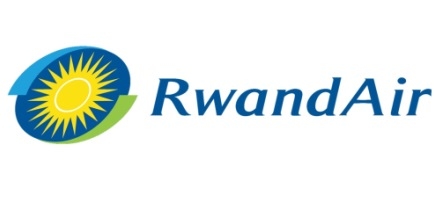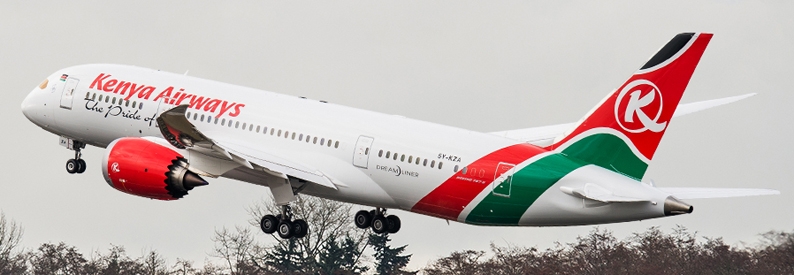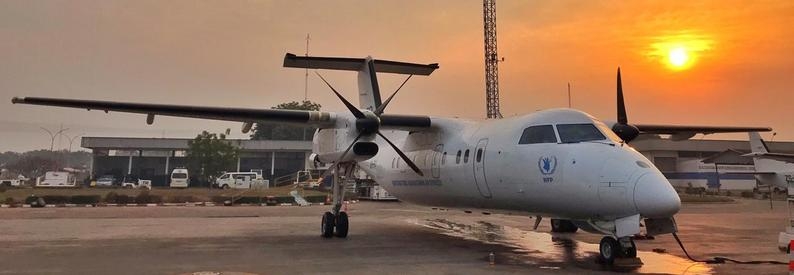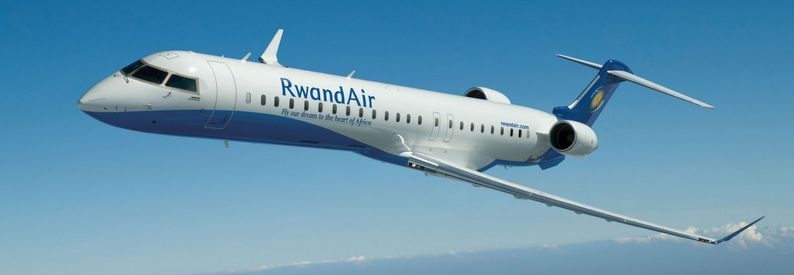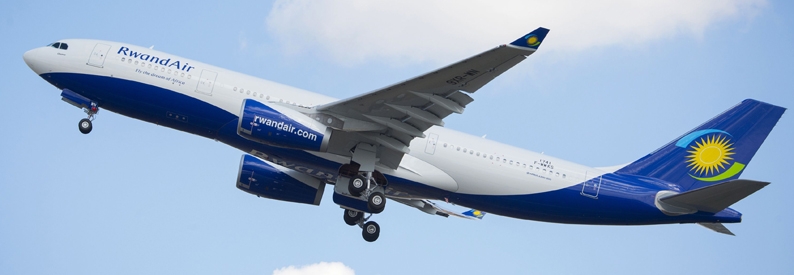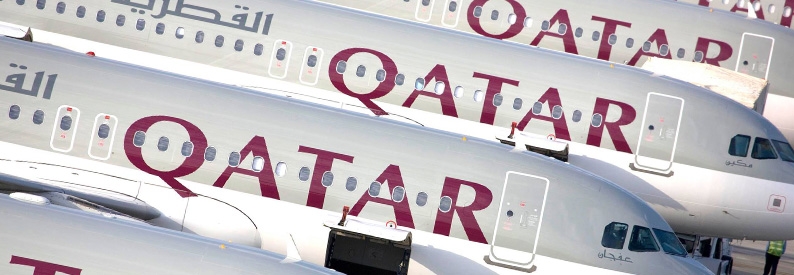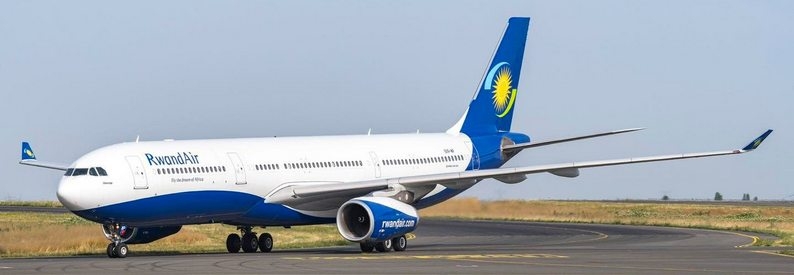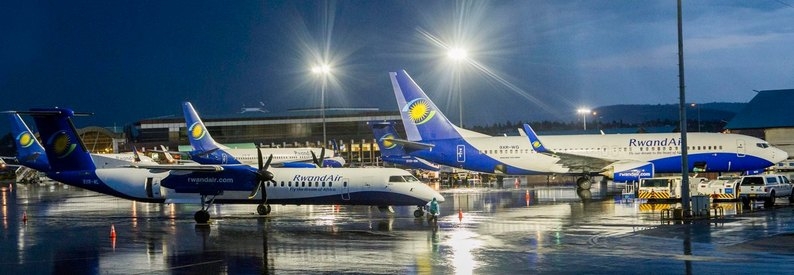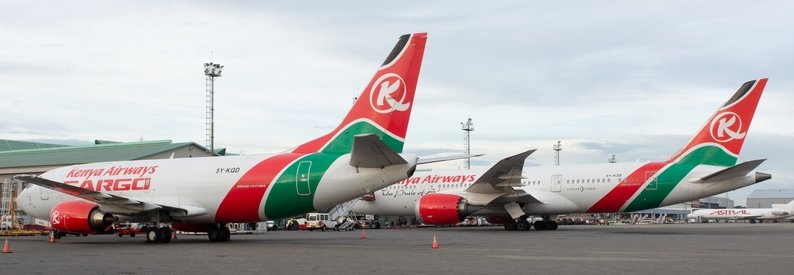RwandAir (WB, Kigali) is shifting strategic focus to expanding routes in Eastern and Southern Africa as part of a broader plan to increase flight frequencies across the continent, according to CEO Yvonne Makolo.
The New Times, Rwanda's largest media house, reports Makolo was speaking on the sidelines of the African Airlines Association's (AFRAA) 13th Aviation Stakeholders Convention and second African Aviation Safety & Operations Summit held in Kigali on May 12-14, 2025.
Makolo said the airline aims to tap into underserved destinations, with upcoming direct flights to Mombasa (Kenya) and Zanzibar (Tanzania). She explained that this move also seeks to mitigate losses incurred as a result of the closure of DR Congo’s airspace to Rwandan aircraft.
Makolo disclosed that the airline was forced to suspend routes to Brazzaville (Republic of the Congo), Abuja (Nigeria), and Cotonou Cadjehoun (Benin) as a result of the ban. However, she pointed out, "we are putting that capacity on more of the eastern and southern routes in terms of introducing additional frequencies, and we are looking at opening new routes. Immediate routes coming in are Mombasa and Zanzibar. Until the issue is resolved, we want to focus more on the eastern and southern routes of the continent," she said.
The Rwandan national carrier currently serves 21 destinations in 18 countries, served on 28 routes, the ch-aviation Commercial Aviation Operator Schedule Data module reveals.
Makolo said the airline plans to double its fleet from 14 aircraft within five years to sustain revenue growth. The current in-house fleet comprises a mix of company-owned and leased aircraft, according to ch-aviation Commercial Aviation Aircraft Data data, including two A330-200s, one A330-300, one B737-300, five B737-800s, one B737-800(SF) freighter, two CRJ900ERs, and two DHC-8-Q400s.
Financially, RwandAir has shown strong recovery, with an 82% increase in revenue in 2023 of RWF620.6 billion Rwandan francs (USD435 million), up from RWF341 billion (USD238 million) in 2022, reversing a previous downward trend from 2019 to 2021.
Makolo highlighted that the high cost of operations and ticket prices in Africa resulted from expensive fuel, taxes, airport charges, maintenance, and overflight fees. To address this, the airline is engaging with airports and governments while also taking internal steps to improve cost-efficiency. These include adopting more fuel-efficient flight practices and streamlining the fleet to reduce the variety of aircraft, which lowers training and staffing costs, she said.
